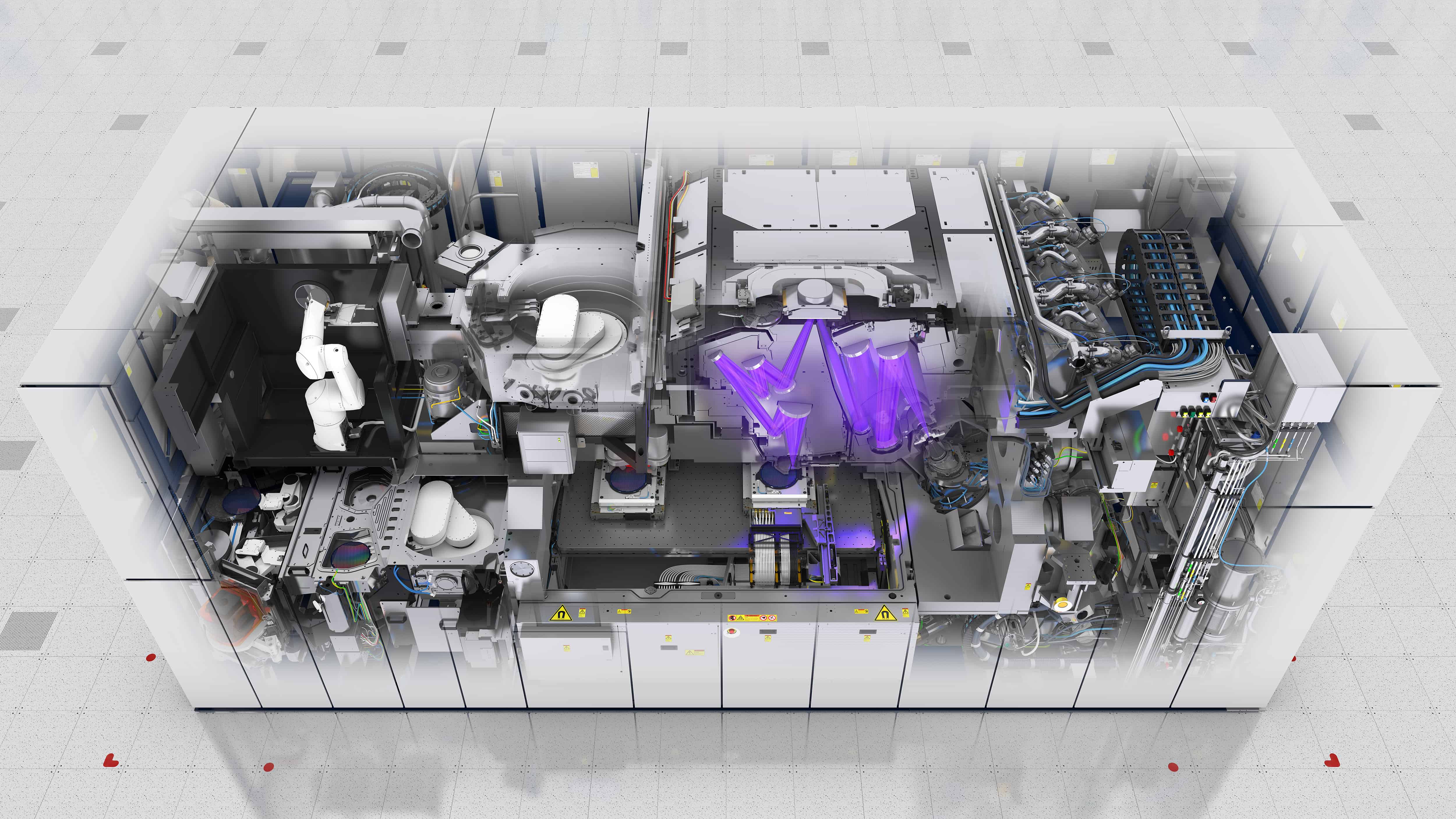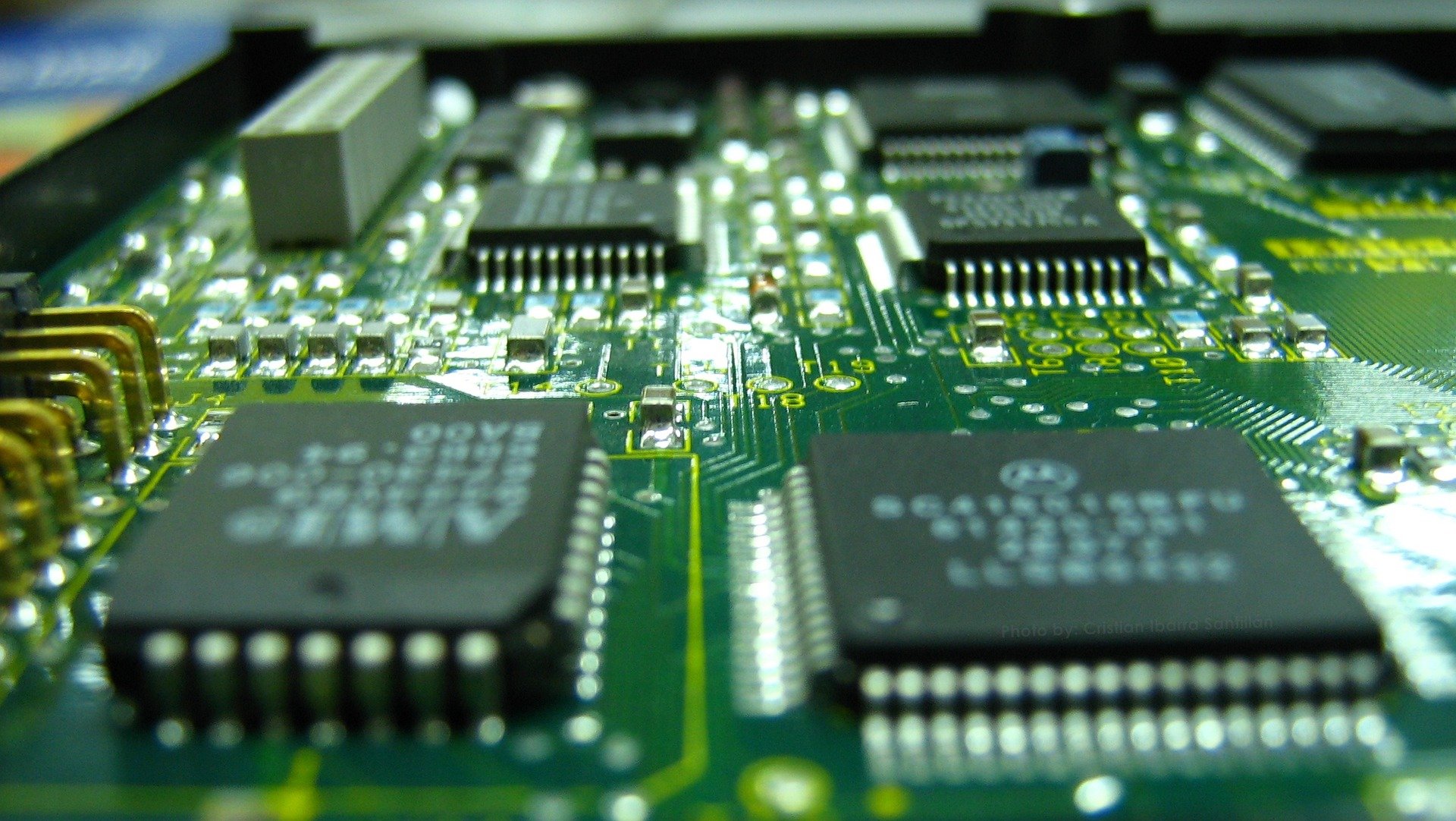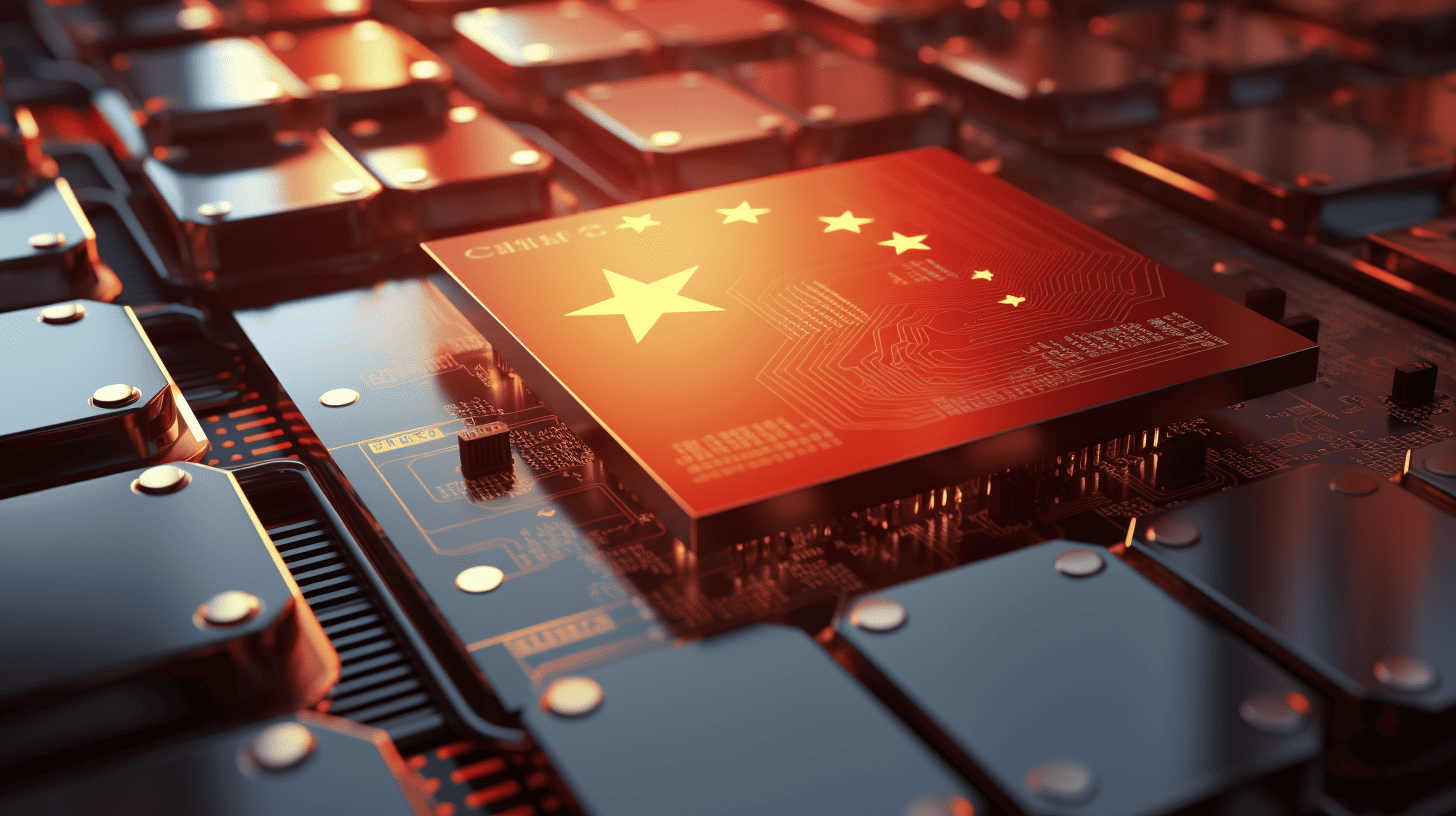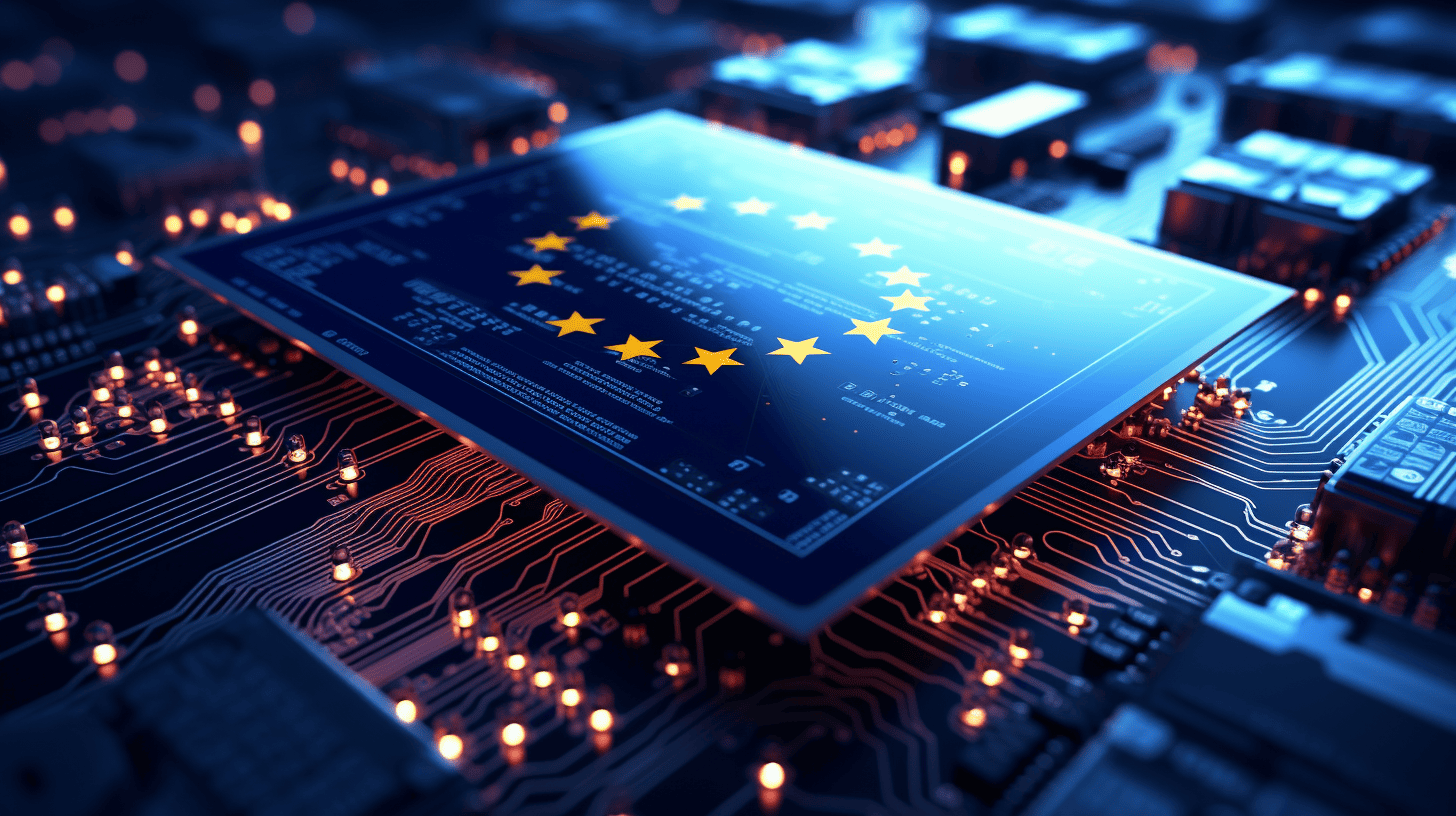
As geopolitical tensions rise, European semiconductor startups are redefining their strategies to weather the loss of the Chinese market, valued at $179.5 billion in 2023. The US has imposed stringent export and investment restrictions, prompting Europe to follow suit, resulting in a significant drop in trade with China. Major players like ASML and Graphcore were already forced to reduce their presence there. Amidst these challenges, companies like Paragraf are exploring new Asian markets and considering relocating to the US to leverage incentives like the Chips Act. The shift also highlights a pivot in investment patterns, with European firms now turning to Middle Eastern capital to fill the void left by restricted Chinese funds.
Why you need to know
Geopolitical developments force the European chip industry to recalibrate. But that’s easier said than done. In this article, we dig into some of the risks and opportunities.
The semiconductor industry, once a symbol of global cooperation, is now at the heart of an emerging technological cold war. Once reliant on China’s vast market, European chip start-ups are recalibrating their strategies as the geopolitical landscape shifts beneath them. The push from Washington for tighter controls on semiconductor trade with China, which saw the UK government refuse the majority of export license applications in 2023, has set off ripples across the Atlantic, pressuring European governments to implement similar constraints.
Strategic shifts for European chip innovators
The impact is direct and immediate for companies like the Netherlands’ ASML, a titan in chipmaking equipment. With the Dutch government revoking export licenses, shipments to China are halted, echoing the broader sentiment across Europe, where strategic industries are increasingly guarded. This realignment, however, does not come without consequences. The lost revenues from China are significant, and the search for alternative markets is on. Paragraf, based in the UK, is at the forefront of this shift, mulling over the creation of a Singaporean entity to serve as a gateway to other Asian markets.
Eyeing the Middle Eastern investment landscape
It’s not just geographical markets that are transforming; the investment landscape is also witnessing a paradigm shift. With European start-ups advised to steer clear of Chinese and Asian capital, the Middle East emerges as a promising alternative. Nations like Saudi Arabia and the UAE, known for their quick decision-making and appetite for technology investments, are becoming increasingly attractive to chip startups looking for funding. A palpable wariness within the industry underscores the shift: “There’s a lot of mistrust that even if you’re getting money from Singapore or Malaysia, it’s actually coming from somebody in China,” one industry insider noted.
US influence reshaping global semiconductor policies
As the US tightens its grip, it is not just trade that is affected but also the flow of expertise and investment. The Department of Commerce has made it difficult for US nationals to work in Chinese businesses associated with chip manufacturing. This stance affects European startups too, especially those with Chinese investors, and is prompting a shift towards Middle Eastern investment. Furthermore, some European founders are partnering with US companies to tap into funds from the US government’s chip initiatives.
For European start-ups, considering a move across the Atlantic is not just about escaping restrictions. The US Chips Act, signed into law in August 2022, allocates $280 billion over the next decade to semiconductor research, development, and production. This massive investment is a magnet for companies seeking a stable and supportive environment for growth. The allure of such funds is strong, with European startups weighing the benefits of relocating to the US against remaining in a more uncertain European market.
Europe’s response: The European Chips Act
Europe is not standing idle. The European Chips Act aims to double the EU’s global semiconductor market share by 2030. However, the act still faces challenges, including disagreements on funding and potential tensions between member states. Across the pond, the US and EU are endeavoring to ensure their semiconductor support programs are complementary, not competitive, highlighting the importance of collaboration in this high-stakes tech race.
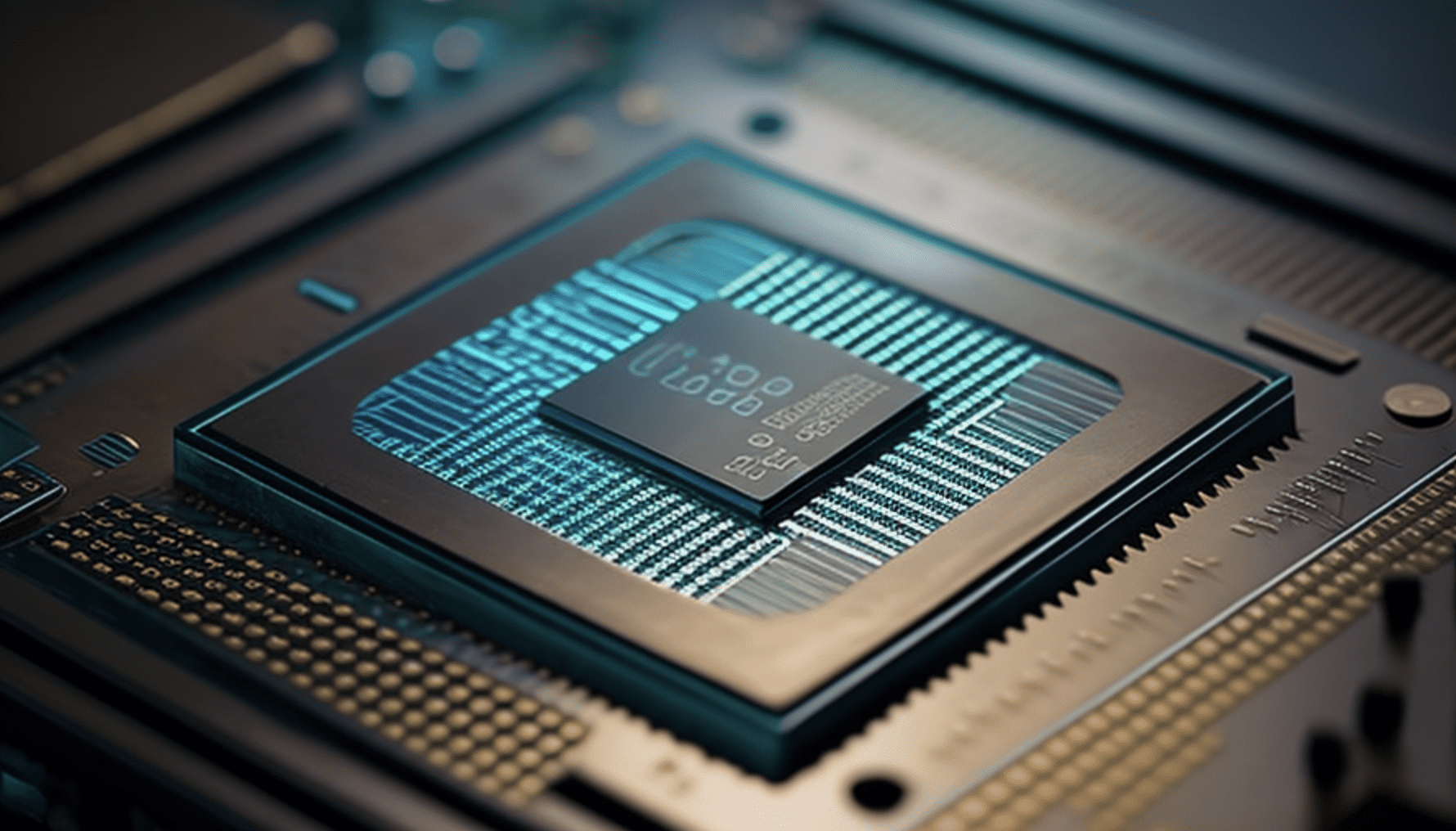
It’s a delicate balancing act for Europe as it navigates between the US’s hardline stance and China’s ambition to become a global leader in AI, 5G, and quantum computing. The situation is further complicated because China consumes more than a third of the world’s semiconductors, the majority of which are manufactured abroad. The new rules will likely set China back years, potentially requiring up to a trillion dollars to make up for the shortfall.
Global market and the quest for self-reliance
Amidst this turmoil, the global semiconductor market continues to expand, with sales exceeding $500 billion in 2022 and projections to grow into a trillion-dollar industry by 2030. This growth is fuelled by the chips’ essential role in driving modern tools, from smartphones to military systems. The COVID-19 pandemic highlighted the vulnerabilities in the supply chain, leading to ambitious public-funded programs by major economies to fortify their semiconductor industries.
The stakes are particularly high for Europe, which has historically lagged in semiconductor production. The European Chips Act represents a concerted effort to catch up, but it’s not just about manufacturing. The EU might learn from China’s example, which, despite pouring an estimated $150 billion into its semiconductor industry, still faces challenges in achieving self-reliance due to US containment measures. Europe’s strategy may thus need to be multifaceted, focusing not only on chip production but also on design, research, and development.
Securing the supply chain amid geopolitical tensions
Security concerns are paramount, with the unstable supply chain posing risks to commercial industries and military capabilities. The Javelin anti-tank weapon, crucial in the Ukraine conflict, requires at least 250 chips, highlighting the critical nature of semiconductors in contemporary warfare. The EU and the US, by investing in domestic semiconductor production, are taking steps to mitigate such risks. However, this push for self-sufficiency comes with its own set of challenges, including the potential for duplicative efforts and the need for international cooperation.
Europe’s strategic pivot, while mirroring US policies, has its unique nuances. The EU’s consensus-based foreign policy and trade system has not fully aligned with the US in reducing the presence of Chinese microelectronics. Yet, the trend is clear: the EU is becoming more cautious about its dealings with China, just as the US has been for some time.
The global chessboard is rearranged
As European chip startups chart their course through these challenging waters, the broader implications for the industry are profound. The semiconductor supply chain is becoming increasingly politicized, and companies must navigate a complex web of regulations, geopolitical tensions, and shifting market dynamics. The move towards self-reliance and security of supply marks a new era in the global tech industry, one where strategic considerations are as crucial as technological advancements.
For European semiconductor companies, the future is uncertain but not without opportunity. As the global chessboard of the chip industry is rearranged, these startups are poised to adapt, innovate, and find their place in a rapidly changing world. Whether it’s through exploring new markets, seeking alternative investment sources, or leveraging international partnerships, European chip innovators are not just surviving; they are setting the stage for a resilient and secure technological future.



